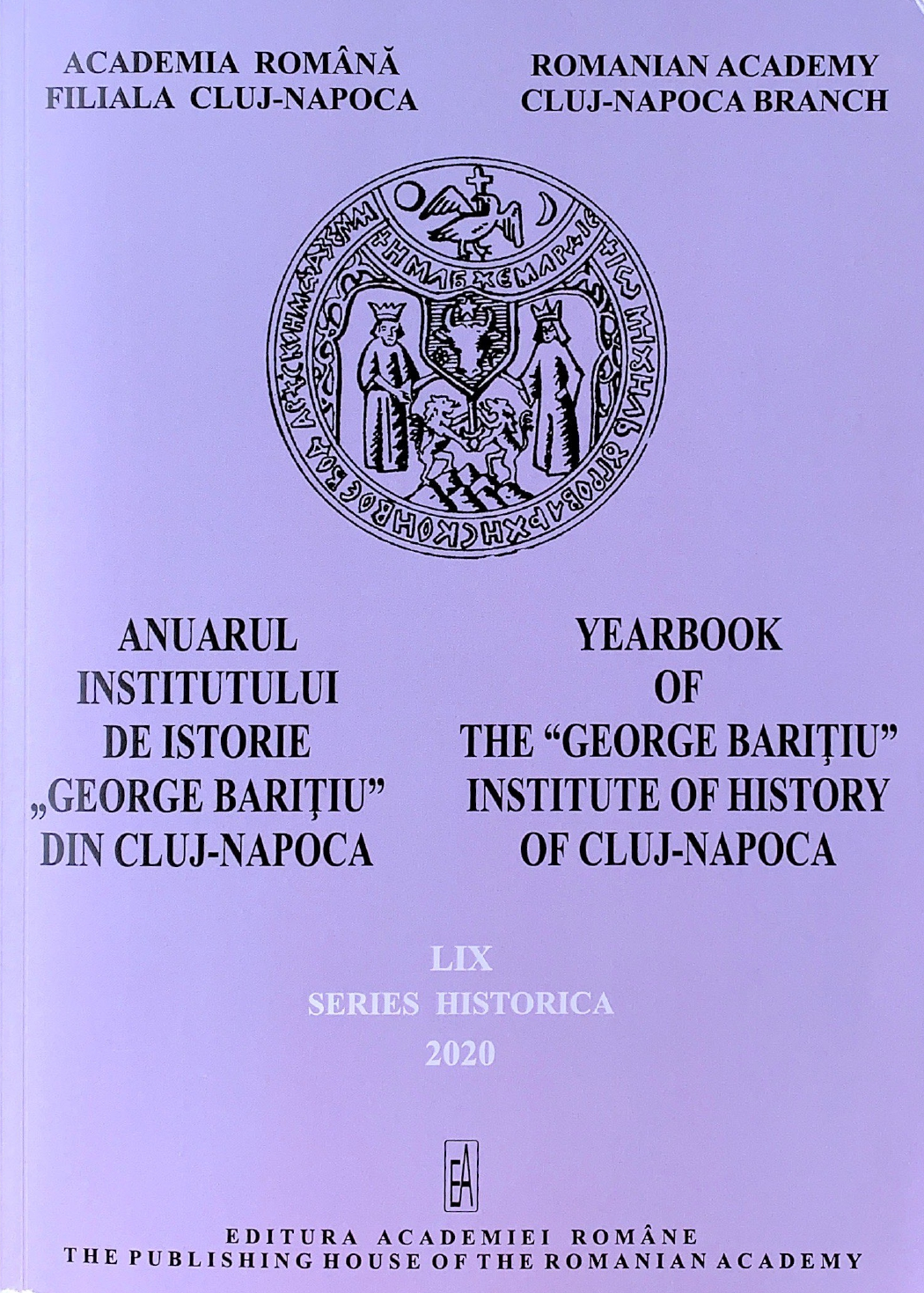Clerul local greco-catolic din Arhidieceza Blajului în a doua jumătate a secolului al XIX-lea: trasee formative și coordonate ale carierei ecleziastice
The local Greek-Catholic clergy from the
Archidiocese of Blaj in the second hald of the 19th century: the formative path and ccordinates of the religious career
Author(s): Cecilia Cârja, Ion CârjaSubject(s): History of Church(es), 19th Century, Eastern Orthodoxy
Published by: Editura Academiei Române
Keywords: Greek-Catholic clergy; intellectual training; religious career; The Greek-Catholic Church; religious identity;
Summary/Abstract: The present study aims at bringing forward a research focused on a part of the clergy that was less studied in the religious historical research from the last decades. We refer here to what we can generically name as „the local clergy”, the priests and the protopopes from the Blaj Greek-Catholic archdiocese in the second half of the 19th century. The archdiocese of Blaj or the metropolitan diocese included most of the former Făgăraş episcopacy (from the founding of the metropolis in 1853), being the largest from the eparchies of the Romanian United Church in the timeframe we are interested in. The research we are putting forward wishes to note some elements relevant for the intellectual path and social status of the Greek-Catholic clergy from the are in question. Such elements are: the learning institutions, the way they obtained their positions, the coordinates and career paths. It is interesting to observe and to prove with quantitative data up to what point was the „religious vestment” passed on from one generation to another in the metropolitan diocese of Blaj – the existence of priestly dynasties, a reality encountered at that time in both religions shared by the Romanians from the intra-Carpathian area. Another point of focus will be the intellectual training of the parish clergy: how many of them had completed their studies (seminary of religious academy), respectively up to what point the so-called „moralist priests” – parish clergy with minimal training, focused mostly on the basic elements of the rite – still function in parishes at a time when the Romanian society was stirred by the beginning of the modernization process. Also, taking into account that after 1853 the Romanian United Church has again the option to send students with scholarships to study in Rome at the Urban College of the Propaganda Fide Congregation, it is interesting to see up to what point the clergy that studied in Rome and other faculties and seminaries from across the Empire (Ungvàr, Budapest, Vienna) will serve in the parishes or whether they are to be found in the central levels of the archdiocese’s religious life. We believe that it is interesting to find out, at the same, what was the level of „practice of culture” of a parish priest from that period, in other words to what degree and up to what point, going beyond the strict religious obligations and the practicing of the rite, would the Greek-Catholic priests from the archdiocese of Blaj read the newspapers or ha libraries in their homes, whether they were active in the ASTRA departments etc. The material we propose will thus try to be a contribution based on documents, alongside several proposed lines of analysis and interpretation, with regards to the study of a social and professional category ̶ the local Greek-Catholic clergy ̶ that occupied an important part in the Romanian society from Transylvania in the second half of the 19 th century – beginning of the 20th century.
Journal: Anuarul Institutului de Istorie »George Bariţiu« - Series HISTORICA
- Issue Year: LIX/2020
- Issue No: 59
- Page Range: 193-217
- Page Count: 25
- Language: Romanian

